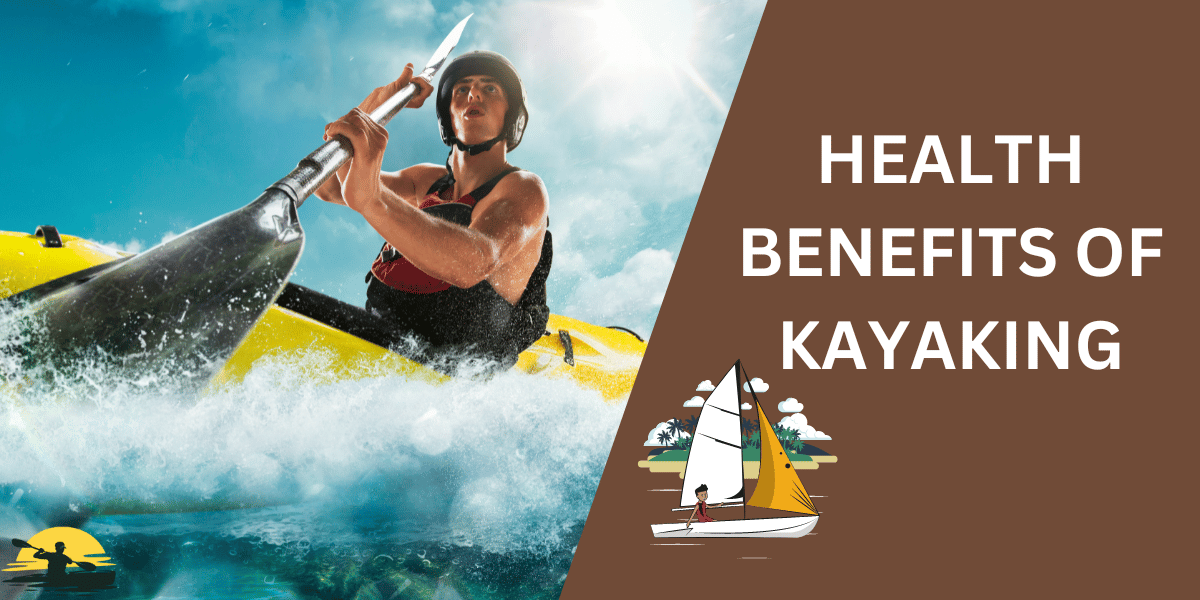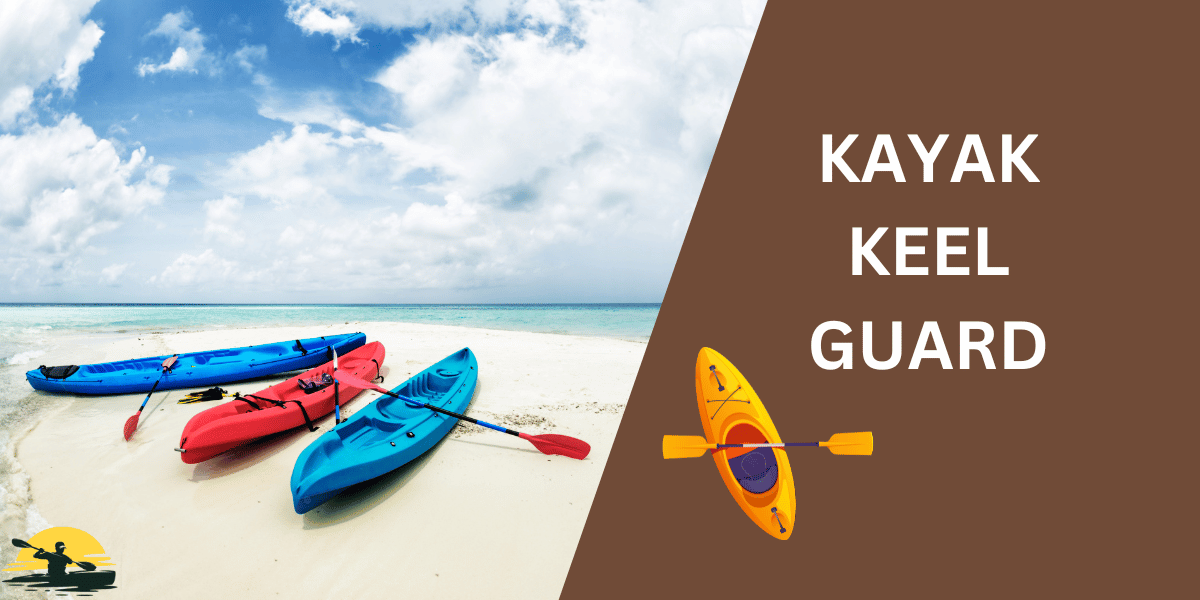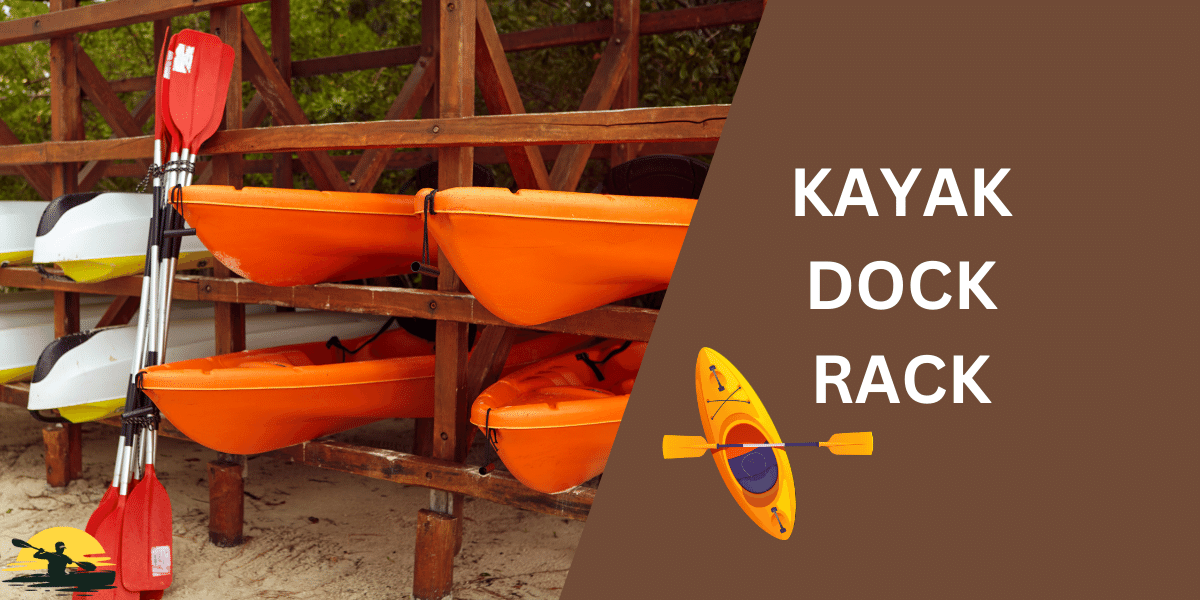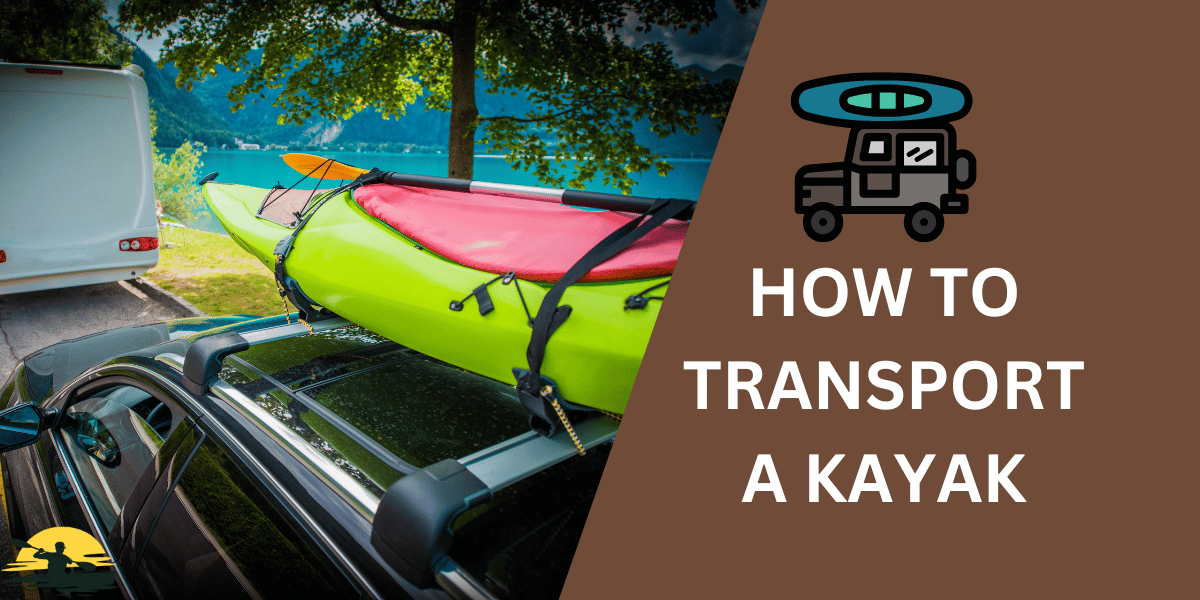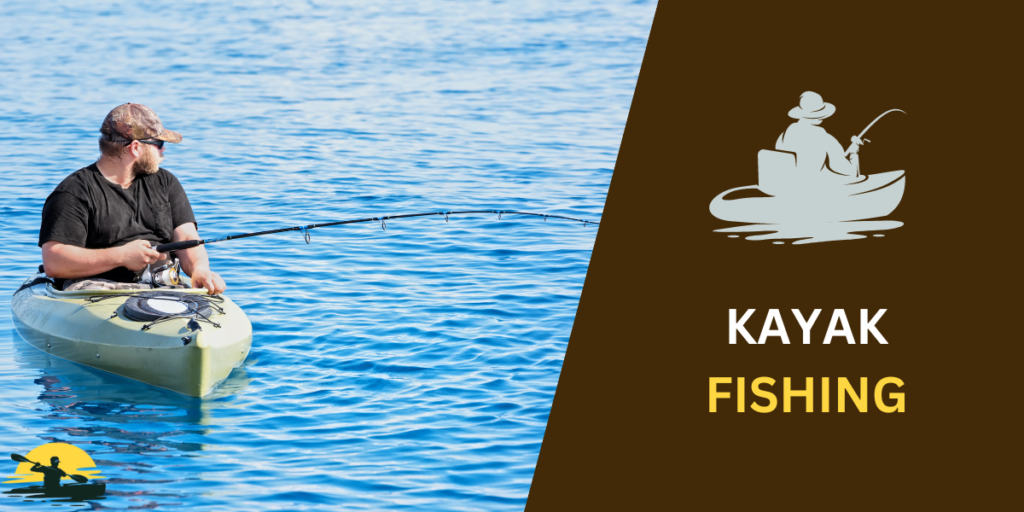
Picture this…you’re stoked to spend a day on the water in your kayak, rod in hand. But hour after hour, nothing’s biting. It’s a bummer, right? A lot of kayak anglers go home empty-handed, and the reason why isn’t always bad luck. It’s often simple mistakes.
What are the worst Kayak Fishing Mistakes
In this article, we’ll explain those errors and how to fix them, as well as give you some pro kayak fishing tips. Think of this as your guide to finally catching fish!
1: Not Choosing the Right Location
You can have the best fishing gear in the world, but if you’re fishing in the wrong spot, you won’t be able to catch fish at all. The trick is knowing where fish like to hang out.
- Know Your Fish: Different types of fish (bass, trout, whatever you’re after) have preferences – some like deep water, others love hiding around weeds. Learn about your target species!
- Helpful Tools: Use stuff like fish finders (they use sound to “see” fish underwater), online maps that show water temperatures, and local fishing forums.
- Nature’s Clues: Look for hopping baitfish, changes in water flow, or drop-offs (where the depth changes quickly). These all hint that fish might be nearby.

2: Using the Wrong Gear
Let’s be honest, fishing kayak and gear can get confusing! Here’s the lowdown on what matters most when kayak fishing:
- Rods & Reels: Use a spinning rod for lighter lures and a baitcasting rod for heavier ones. Kayak fishing often means tight spaces, so shorter rods are usually best. Think about getting a rod holder, too, so you don’t lose your fishing rod!
- Line & Leaders: Line is that super-thin string on your reel. Different types affect how your lures move and whether fish notice them. Ask at your tackle shop for recommendations!
- Lure Basics: Lures are fake bait – choose what the REAL fish in your area are eating. Topwater lures splash around on the surface, crankbaits look like little swimming fish, and soft plastics are wiggly and lifelike. Experiment with easy-to-fish lures until you figure out what the fish want.
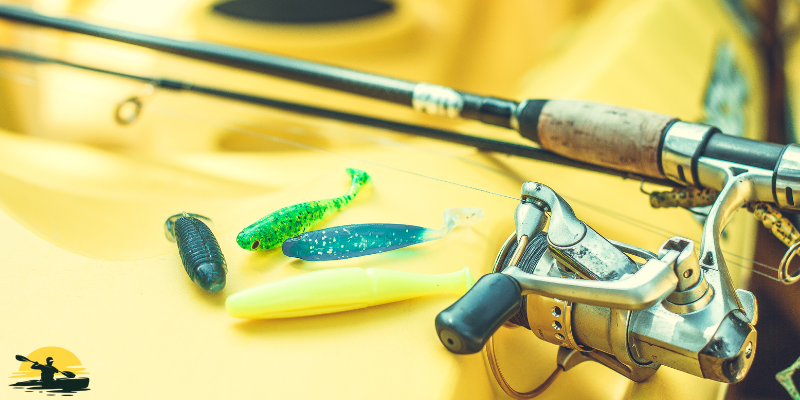
3: Neglecting Kayak Positioning and Anchoring
Fish are easily spooked by motor boat or loud noises. If you make a lot of noise or your kayak drifts right over their hangout spot, they’ll disappear faster than a minnow escaping a hungry bass!
- Stealth Mode: Paddle softly and avoid bumping your kayak against things. Invest in a light paddle so you’re not making excess noise. If you see signs of fish, stop paddling and coast silently if you can.
- Anchors Away: Invest in a good anchor. A stake-out pole is perfect for shallow water, while traditional anchors are better for deeper spots. Kayaks can easily be moved by powerboats, so anchoring is an important tip for kayak fishing.
- Position Yourself: Think about where the fish are likely to be, and position your kayak so you can cast to that spot without scaring them off. Consider wind and current too! A wider kayak is often more stable and gives you better positioning possibilities.

4: Not Adapting to Conditions
Weather and water conditions change all the time, and fish react to those changes. Don’t get stuck using the same tactics day after day.
- Weather Watch: Fish often bite like crazy right before a storm, then get sluggish during the storm itself. After, they may move to different areas. Keep an eye on the forecast and be prepared to change tactics!
- Timing is Everything: Most fish feed more at sunrise and sunset. But every type of fish has its own habits, so do a little research on your target species.
- Change it Up: If you’re not getting bites, don’t be afraid to experiment. Swap lures, try a different spot, or fish deeper or shallower. Keep practicing until you start catching fish!

5: Poor Paddle and Fish-Handling Skills
Being a good kayak angler is about more than just casting! Here’s where some folks mess up:
- Paddle Power: Learn efficient paddling techniques. You’ll get less tired and be able to move more quietly. Check out some online videos for guidance. A paddle leash can help you avoid losing your paddle.
- Landing Your Fish: A net is super helpful, especially if you’re fishing alone. Practice scooping up your catches without dropping them! Always have line cutters handy!
- Catch & Release Right: If you’re putting your fish back in the water, handle them gently. Wet your hands first and try to avoid touching their gills or eyes. You’ll want a longer kayak if you’re planning on catching bigger fish.

6: Skipping the Essentials
It’s easy to focus on fancy lures and expensive rods, but forgetting the basics can put a damper on your whole fishing trip – or even be dangerous.
- Safety First: No fish is worth risking your life for! Always wear a PFD (personal floatation device) no matter how good you are at swimming. Carry a whistle or other sounding device,, too, in case you get in trouble and need to alert powerboats or other boats. Check local and state regulations for required safety gear.
- Comfort is Key: Wear clothes for the weather (dressing appropriately is important), not just what looks cool. Sunblock, a hat, and plenty of water are must-haves. Consider waterproof clothing or a dry bag for cold water. It’s hard to concentrate on catching fish when you’re miserable.
- Map it Out: Even if you know the area, a simple map or a navigation app on your phone is smart. It’s super easy to get disoriented on the water. Always check local state regulations and get the appropriate fishing license.

7. Things to Keep in Mind
- Practice Paddling: Before your big fishing trip, practice paddling so you get the hang of it.
- Sit-on-top vs. sit-in kayaks: Sit-on-top kayaks are easier for beginners. Research the right kayak for your needs
- Find a Mentor: If possible, fish with an experienced kayak angler to learn the ropes faster.
- Fish Finder: A fish finder is a great tool to help locate fish and spot fish underwater.
- Storage Space: Most kayaks have storage compartments, so think about the gear you’ll need and how you’ll organize your tackle box, tools, and essentials.
- First Aid: A small aid kit is a good addition for any fishing trip.
Important Notes: Always follow Coast Guard boating equipment requirements. Be aware of other boats and watercraft, especially larger boats that might not see you.
With a little knowledge and practice, you can easily avoid these kayak fishing mistakes and start catching more fish than ever before!

Conclusion
There you have it! Kayak fishing is an amazing way to get out on the water, enjoy nature, and have a blast catching fish. But avoiding these six big mistakes will massively increase your success (and your fun). These kayak angling tips will give you a competitive edge!
Remember, even the best anglers sometimes have slow days. The key is to keep learning, adapt to the conditions, and keep at it. Pretty soon, you’ll be the one showing off pictures of your amazing catches!

Frequently Asked Questions
What are the best fishing kayaks for beginners?
When starting out, look for a stable kayak that’s easy to get in and out of. Sit-on-top fishing kayaks are a great choice. Consider a pedal-powered kayak if you want to keep your hands free for casting and reeling in your catch.
Do I need special fishing gear for kayak fishing?
While you don’t need completely specialized gear, shorter fishing rods are easier to manage in a kayak. Choose the rest of your gear (line, lures, etc.) based on the type of fish you’d like to target.
How do I keep my kayak from drifting while fishing?
Invest in an anchor suitable for the water depth you’ll be fishing in. A stake-out pole is perfect for shallow water, while traditional anchors are best for deeper spots. Anchoring helps you stay over a promising fishing spot and avoid spooking fish with movement.
Is it safe to go fishing from a kayak?
Kayak fishing can be a safe and enjoyable activity. However, always put safety first! Wear a personal flotation device (PFD), let someone know your fishing plans, be mindful of weather conditions, and stay aware of motor boats and other water traffic.
What type of fishing line is best for kayak fishing?
There’s no single “best” line for all kayak fishing scenarios. Braided line offers super strength, monofilament has shock-absorbing stretch, and fluorocarbon is nearly invisible to fish. Your tackle shop can help you pick the right line for your target fish and fishing conditions.


